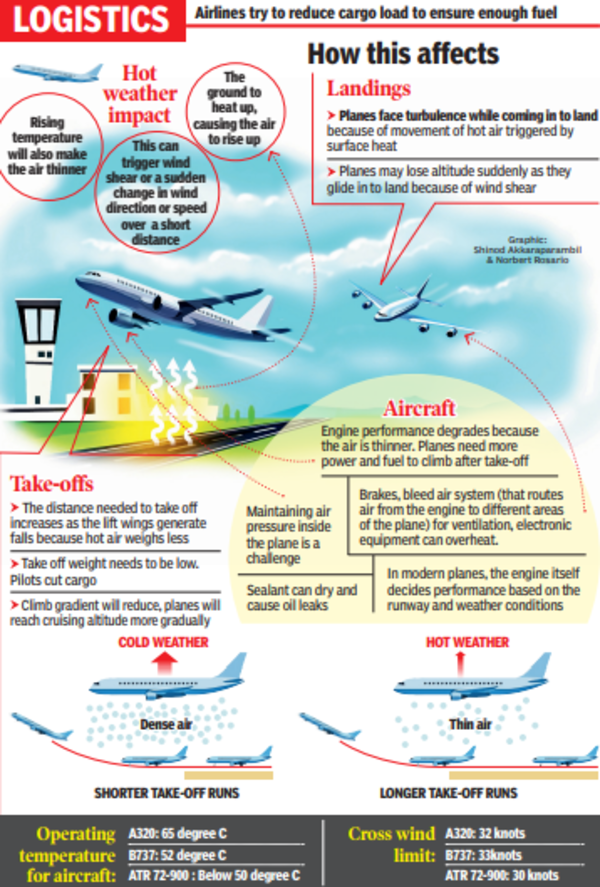high surface temperature Coupled with the presence of nearby hills, this can cause sudden changes in wind direction near the ground, and CROSSWINDS make it difficult pilot Keep the aircraft stable during a glide landing. An aircraft has reduced lift caused by its aerodynamic body.

However, pilots are trained for these changes and pay close attention to turbulence, wind shear and birds when landing on the main runway. “The turbulence can reach heights of 10,000 feet. The plane begins to shake as it lands at the airport. Typically, the approach starts far from the city so that the taxi is smooth and the plane can go around if the crosswinds are too strong.
Safety takes precedence over in-flight services. “The seat belt sign may remain illuminated throughout the journey or shortly after the aircraft begins its descent from cruising altitude. This is to prevent passengers from moving around as turbulence can occur at any time.
The pilots took some precautions while checking the plane for potential malfunctions due to overheating. “In Chennai, we prefer the primary runway as we have maximum landing length. This does not mean that we stick to the second runway as it can also land safely. But if the primary runway is available, that is the first choice .
Airlines are trying to reduce cargo volumes to carry more fuel, especially if traveling to airports like Trichy with shorter runways. This is to ensure there is enough fuel for a go-around or diversion to another airport.
Aviation safety expert and former pilot Mohan Rangana said the main runway should be available most of the time. “Air traffic control should also not be telling pilots to leave the runway immediately after landing because that means they have to brake. This will cause the brakes to heat up.







